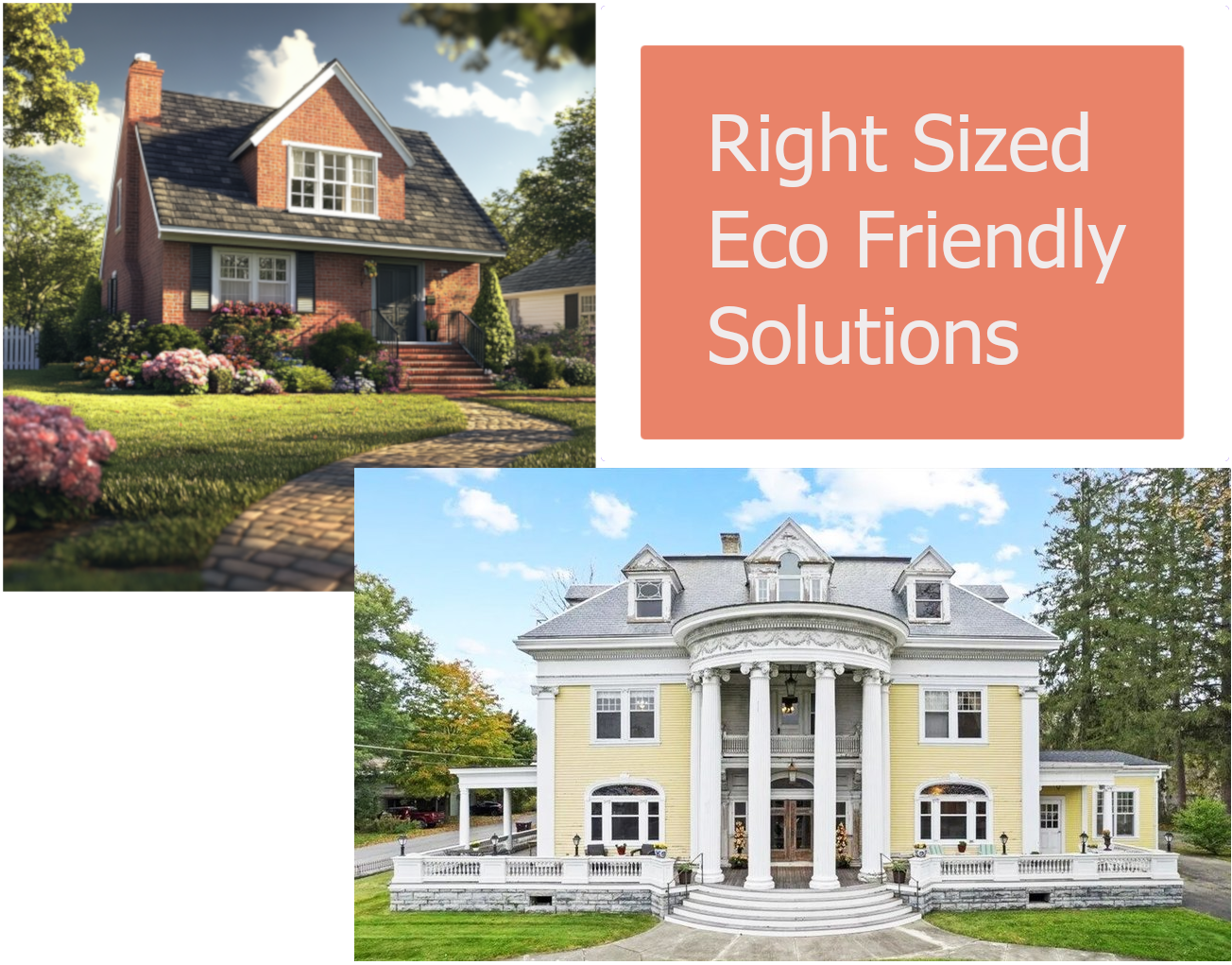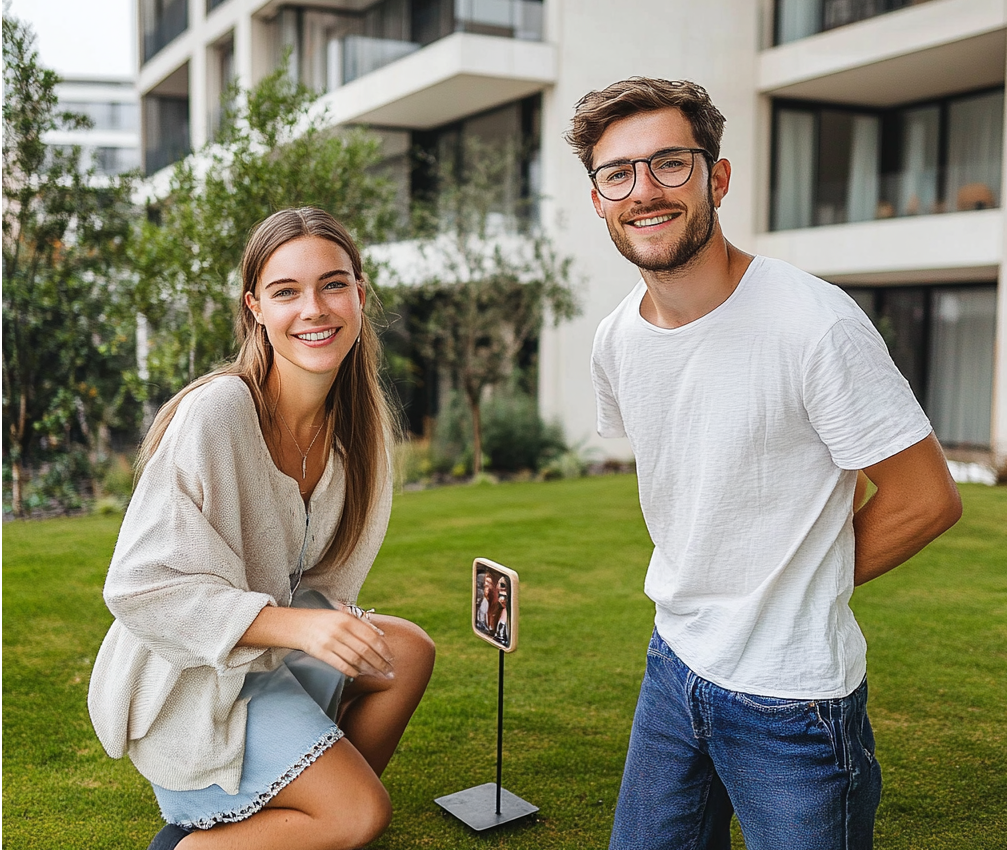Sustainable Living, No Ownership Required
We help renters make environmentally responsible choices
that are budget-conscious and landlord friendly
Top “Green” Upgrades: Transform Your Apartment or House into an Eco-Friendly Haven
Whether you live in an apartment or a home, with family or room mates,
askpaulthompson.com has the solutions and products you’re looking for.
The Eco Friendly Renter: Smart solutions for eco-conscious renters looking to save money while living sustainably. Whether you’re in an apartment, house, or sharing with roommates, discover budget-friendly hacks that reduce your environmental footprint without sacrificing comfort. Transform any rental property into an affordable, green sanctuary—often with no landlord permission required.

Rent Smarter – Live greener
Join thousands of eco-conscious renters who’ve cut their energy bills by 30% with our size-appropriate sustainability solutions.
- Smart thermostats and management techniques for any rental size
- Low-cost insulation improvements landlords won’t tell you about
- Energy-efficient appliances that pay for themselves
- Zero-waste kitchen setups that cut grocery bills by 25%
ECO-CONSCIOUS RENTING: SMALL CHANGES, BIG IMPACT—lifestyle
- Landlord-approved modifications for energy conservation
- Budget-friendly eco upgrades that pay for themselves
- Sustainable living routines that reduce your environmental impact
- Non-permanent solutions for water conservation
- Seasonal strategies for maintaining eco-efficiency year-round


PLANET-FRIENDLY products THAT PAY YOU BACK
- Bamboo cleaning tools that outperform plastic versions while being compostable
- Stainless steel water bottles that pay for themselves within two months
- Zero-waste laundry sheets that eliminate plastic jugs and measuring mess